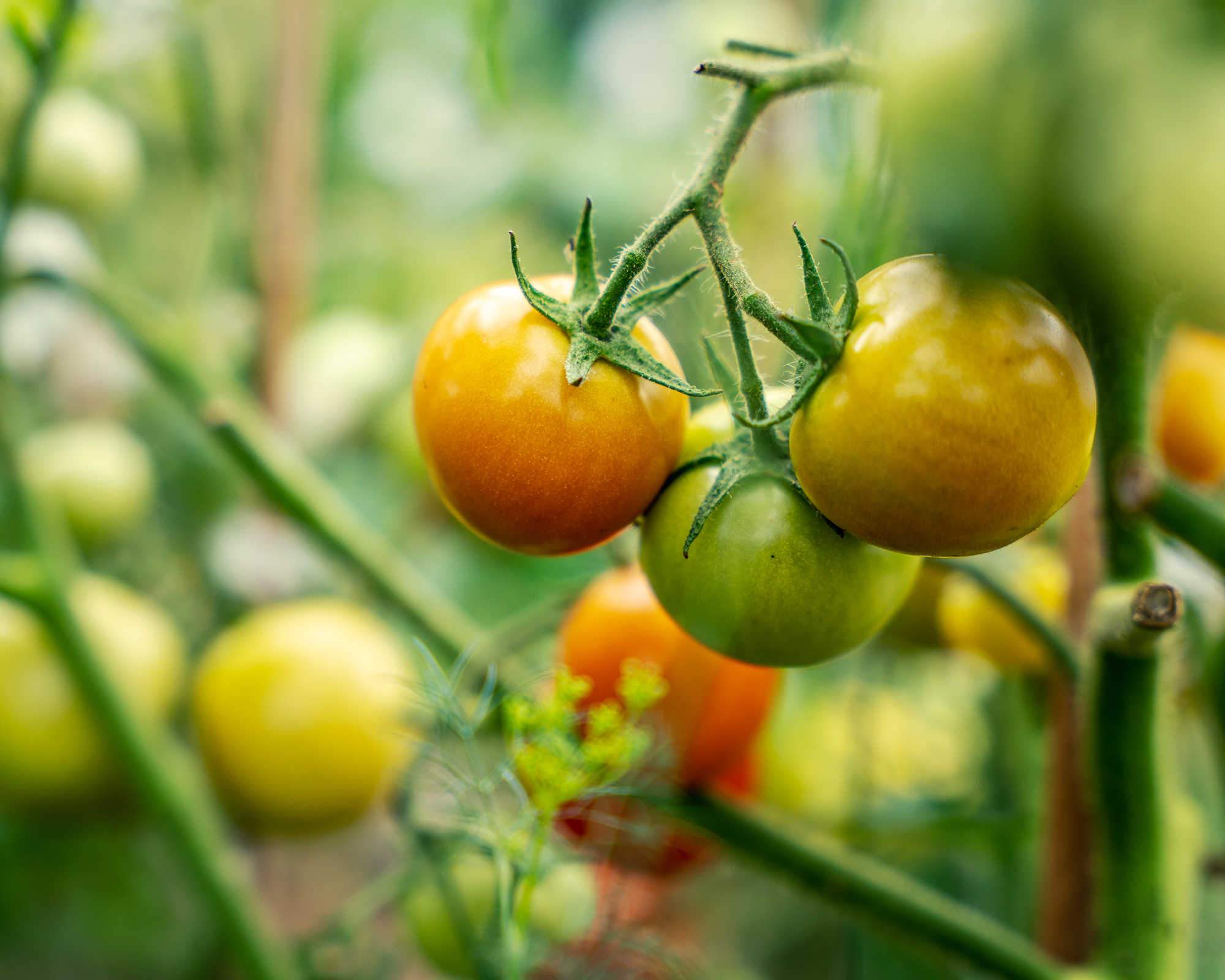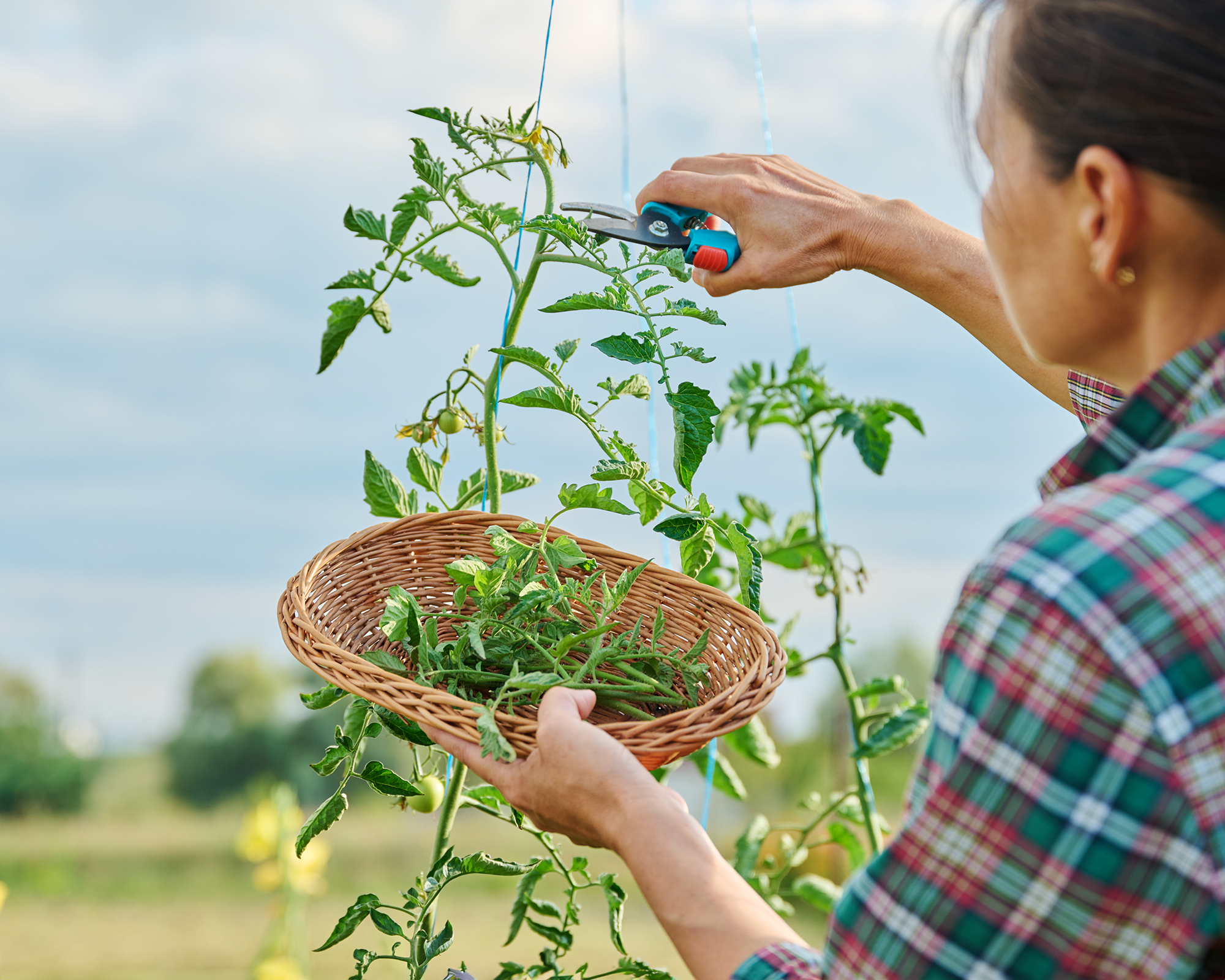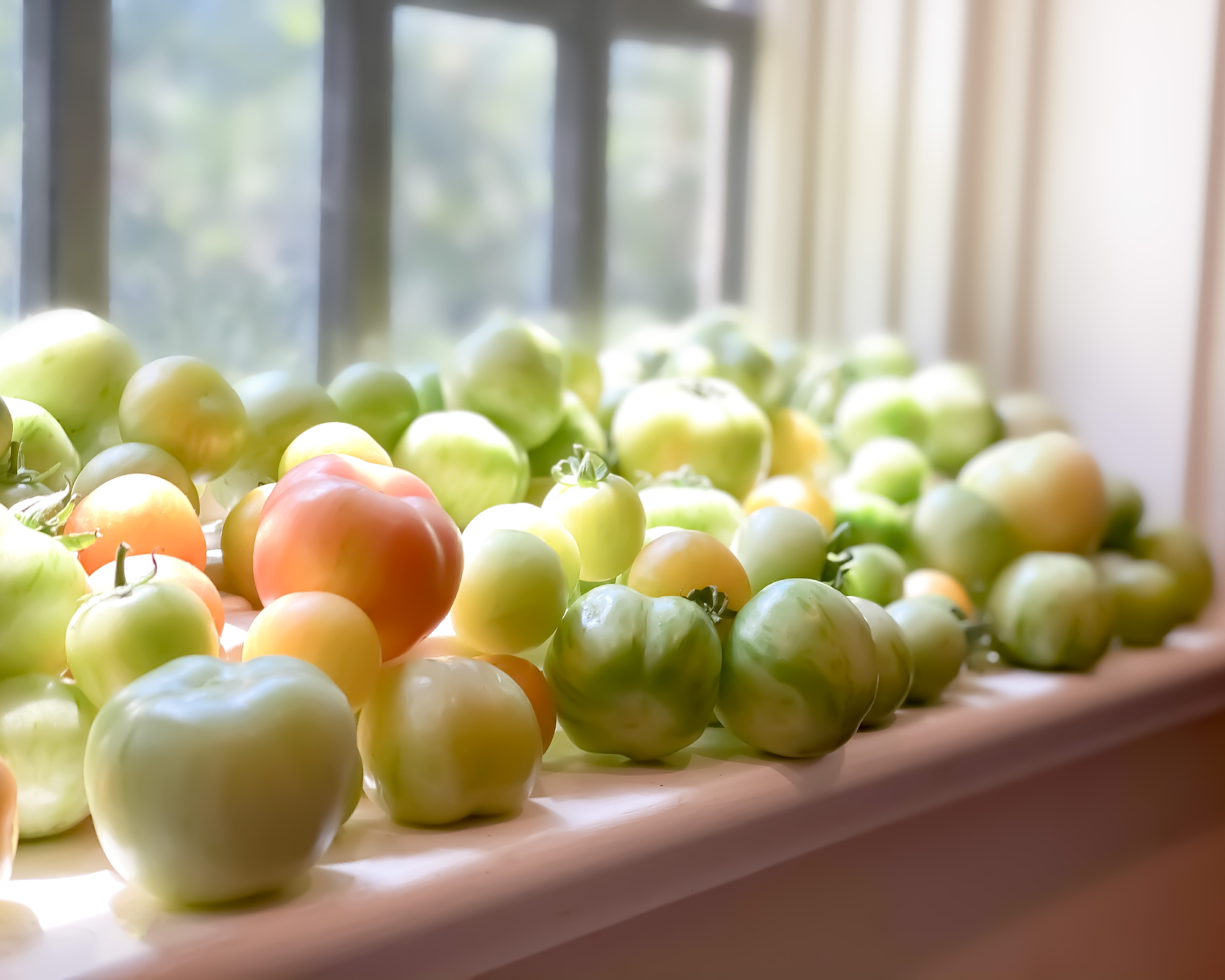Tomatoes Not Turning Red? Try These 3 Farmer’s Ripening Tricks for Fast Sun-Kissed Flavor
If your tomatoes still aren't ripening, then it's time to act. Take inspiration from old-school farming techniques to speed things up.


When I first started growing tomatoes, I believed that leaving the fruit on the vine until it was perfectly ripe was key to the best flavor. I have since learned that not only is this untrue, but it can result in a stingy crop and more spoiled fruit, leaving tomatoes vulnerable to bad weather, pests, disease, and cracking. So, if your tomatoes are not turning red yet, then don’t panic – there’s still time to hurry them along for the most delectable harvest.
Of course, there’s nothing more heavenly than eating a sweet, perfectly ripe tomato fresh off the vine, but unless you’re just picking a few here and there for a salad or sandwich, then you need to be more proactive about ripening. Learning how to ripen green tomatoes properly makes all the difference between a crop that tastes like it was nourished by the sun and one that is bland and joyless.
Farmers have been dealing with these issues for centuries and have developed several tried-and-trusted techniques for speeding things up while protecting their crops. So, if you’re counting down the last days of summer and your tomatoes are still fully green – or you’re facing tomato pests and other problems and want to save as much fruit as possible – then you need to act fast to get them ripened without losing flavor. Try these clever farmer-inspired tricks to help tomatoes ripen both on and off the vine.
1. Pick Tomatoes at Breaker Stage
Knowing when to pick tomatoes is an art. Tomatoes are one of those rare crops that can be harvested green without impacting flavor – but never before they hit “breaker stage”. This means the fruit is just beginning to blush, usually at the bottom. Tomatoes begin producing ethylene gas (the key to ripening) once they have just begun to change color, and as most of the sugars and acids are already set at this stage, they’ll taste closer to vine-ripened fruit even if they are picked and ripened indoors.
Often, large-scale farms pick fruit at “mature green stage” which is the pre-breaker stage, then place the fruits in cool rooms and pump in ethylene, but this is what results in tasteless tomatoes. Smaller-scale farms will wait until the breaker stage to harvest.
This is a great option if you see an upcoming bad weather forecast or if you have spotted the early signs of a tomato disease, such as blight. Earlier in the season, harvesting tomatoes at breaker stage will encourage the formation of new flowers on indeterminate tomato varieties, which continue to vine and fruit throughout the season.
So, if your tomatoes are already at breaker stage and you feel they are at risk on the plant, then go ahead and pick them and get them indoors to safety. Fiskars’ Micro-Tip Pruning Snips, available on Amazon, will help you to get the job done quickly and precisely without damaging your crop.
Sign up for the Gardening Know How newsletter today and receive a free copy of our e-book "How to Grow Delicious Tomatoes".

2. Stress the Plant
What if your plants haven’t quite reached breaker stage? If it’s not urgent, then you can speed things up by placing stress on the plant and encouraging it to redirect energy from vegetative growth to ripening the existing fruit. There are several ways to do this:
- Stressing roots – Gently slice into the soil with a spade about 8-10 inches from the stem, severing a few roots. Old-school farmers will twist the plant slightly at the base or lift it a little to break fine roots. You’ll need to use a narrow spade that won’t damage your tomatoes or nearby plants, like this Vnimti spade from Amazon.
- Reduce watering – cut back on watering once the fruit is well-formed, as a mild drought will signal to the plant to finish ripening.
- Remove excess foliage – Pruning tomatoes is good practice in general, but if they are slow to ripen, then “top” indeterminate tomatoes by cutting off the top of the stem and also remove lower leaves to increase sun exposure.
- Remove new flowers and tiny fruit – These are taking energy away from more mature fruit developing, but they won’t mature so late in the season.
If you want to learn how to grow tomatoes like a pro, then advanced knowledge like this will take your home garden to the next level.

3. Uproot the Plant
If the weather is turning and you really can’t wait any longer for green tomatoes to mature to breaker stage, then your remaining option is to pull up the whole plant, with roots and some soil still attached.
There are two traditional farmers’ methods for what to do next. You can either hang the plant upside down and store it in a shed or garage, or you can make sure you get the whole root ball, then bury it in a pile of straw or dry soil in a cellar or cool shed.
Both methods keep plants safe from bad weather and allow the tomatoes to continue to draw from the roots and ripen slowly.
Bear in mind that if done too early, this method can impact flavor. Ideally, the earliest plants should be uprooted to preserve as much flavor as possible just before the breaker stage. Uproot plants with very green fruit only as a last resort.

Indoor Ripening Tips
Once you have picked your tomatoes, you have the option of either storing them to encourage slower ripening and a longer shelf life, or you can hasten ripening. Even before we knew the science of ethylene gas, farmers used to toss a ripe apple or banana into a crate of green tomatoes to help them ripen more quickly. You can recreate this by putting them together in a paper bag. However, don’t leave them in too long, as prolonged ethylene exposure can lead to ripening too quickly and a reduced flavor.
Once they’re showing good color, place nearly ripe tomatoes on a sunny windowsill, or in bright, indirect sunlight, and let them finish off. Light exposure boosts carotenoid pigments like lycopene and beta-carotene, making tomatoes redder and slightly sweeter. Not hot direct sun, though, as fruits could scald. This presents as yellow, white, or light brown patches on the fruit's surface that become papery, wrinkled, or even sunken.
If you want tomatoes to ripen more slowly, then store tomatoes in crates lined with straw or newspaper, and place them in single layers in a cool room. These Hudson Exchange Agricultural Nest and Stack Crates, available from Amazon, are perfect for tomatoes and other crops. Old-school growers sometimes wrap the tomatoes individually in newspaper to slow things down and minimize the risk of rot. Check the tomatoes every few days.
Refrigerating tomatoes makes them taste more bland, but you can extend their shelf life on the countertop with Debbie Mayer Green Bags, available from Amazon.
And, if your tomatoes are ripening more quickly than you can eat them, there are many fantastic ways to preserve tomatoes, including canning, freezing, and drying. Happy harvesting!
Quick Poll
Want to know more about growing your own tomatoes? Sign up for the Gardening Know How Newsletter and receive a free copy of our e-book How to Grow Delicious Tomatoes.

Melanie is an experienced gardener and has worked in homes and gardens media for over 20 years. She previously served as Editor on Period Living magazine, and worked for Homes & Gardens, Gardening Etc, Real Homes, and Homebuilding & Renovating. Melanie has spent the last few years transforming her own garden, which is constantly evolving as a work in progress. She is also a passionate organic home grower, having experimented with almost every type of vegetable at some point. In her home, Melanie tends to an extensive houseplant collection and is particularly fond of orchids.